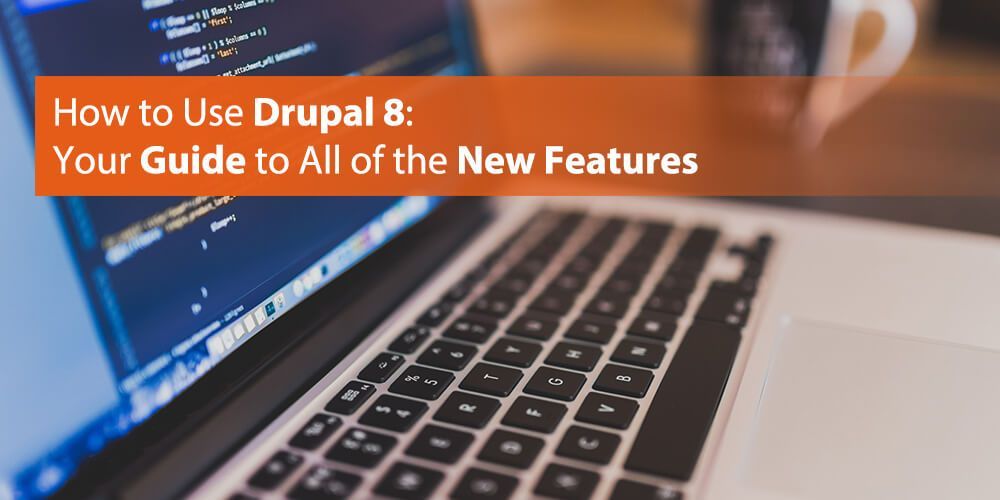How to Use Drupal 8: Your Guide to All of the New Features
For web developers, user experience is the top priority. And as it’s so crucial, developers must pick the right content management platform for their business.
Drupal draws in many developers and enthusiasts as it’s customizable, flexible and secure. And now, with the launch of Drupal 8, users can create and post content easier than ever.
If you don’t know how to use Drupal 8, we’ve got your back. Here’s a break-down of the system’s new features.
Welcoming the New Features
First, what is Drupal used for? Drupal is a content management software that lets you develop websites and applications. It gives you the freedom to create content that aligns with your brand identity.
Here is how the software has changed in the recent update before you Drupal 8 download.
Chaos Tool Suite Update
Drupal CTools is one important module in the Drupal framework. There are many APIs and tools available to developers to write code easier and create libraries for other modules to use. This is helpful for those who want to customize sites and work with many types of modules.
Panels and Page Manager
Drupal 8 focuses on content, so it’s no surprise that the system makes it easy to manage a ton. Users can choose between Content types, Fields and create an endless stream of content of their choosing.
Both Panels and Page Manager let users design a unique landing page and apply custom layouts. Also, Drupal 8’s drag-and-drop interface lets you design a page layout and organize content with zero hassle.
New Templating
In this update, the Twig template has replaced the original PHP template and has become the default template engine. This updated framework makes Drupal 8 flexible, fast and lets developers customize their own tags and filters. Using a Twig template compiles templates down to plain optimized PHP code and lets developers sandbox their template designs.
Drupal Console
As Drupal 8 has changed how to construct modules, it can feel overwhelming at first. Choose Drupal Console to guide you as it generates a stream of boilerplate code and files compatible with Drupal 8’s modules.
Drupal Console is exclusive to Drupal 8 and lets you rebuild caches, install modules and connect to databases. It’s a massive time-saver as you can generate module files’ boilerplate code using no modules. This is useful for developers as you can spend more time focusing on the business logic behind your module instead.
Create Your Own Tour
Before jumping into Drupal 8, take the Drupal 8 tutorial to help you understand Drupal and how to use its admin screens. You’ll notice that is the only guided website Tour but, luckily for developers, it is easy to write your own Tour and customize it to help your audience. This feature is useful when you write a new module as you can explain to the user how to get the best experience.
Now You Know How To Use Drupal 8, Are You Ready to Upgrade?
Drupal 8 is a great content management system to use, after using its predecessor. Take the time to understand how to use Drupal to create modules and implement the new Twig template. Drupal 8 puts usability as their main priority which makes it much easier for developers.
If you need help on an upcoming web project, we’d love to hear from you.






